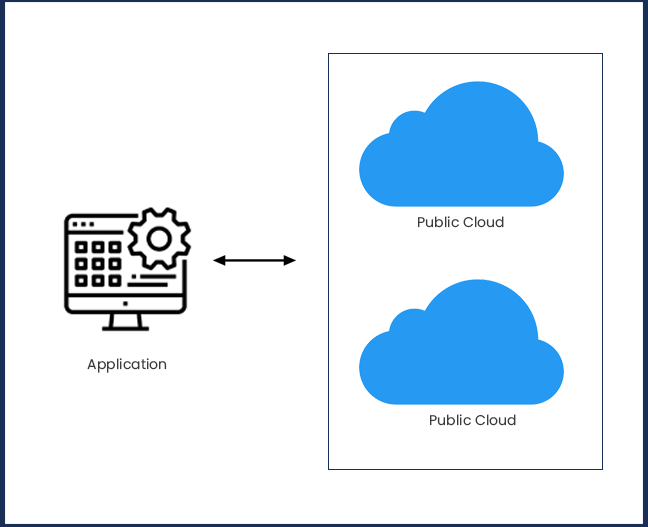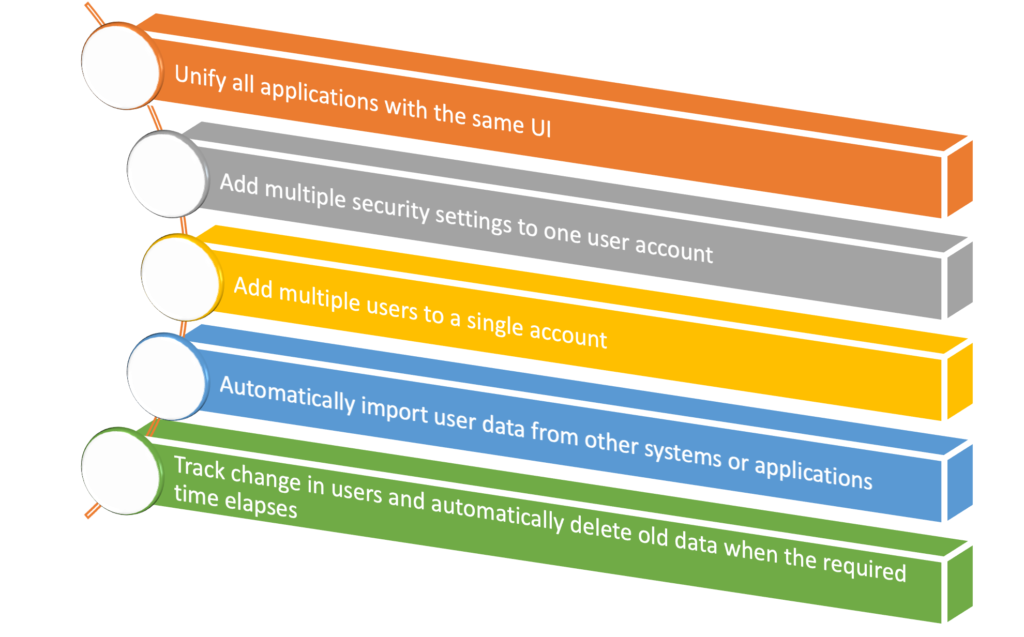Introduction: What is Multi-Cloud?
Multi-cloud architecture is one of the most revolutionary technology trends in enterprise IT. The term ‘multi-Cloud’ was coined in 2017. It is a relatively new concept that seems to be very clever for enterprises. It refers to the concept of using more than one virtual server instead of a single physical server in order to support multiple users and operating systems.
The Cloud is an environment where multiple individuals/organizations can access and share data across multiple servers and resources. IT professionals tend to use these environments for different purposes. Multi-cloud was the first example of cloud computing that provided an effective way for companies to work together and make web-based applications for their clients. Multi-cloud allowed companies to communicate with one another and share data across multiple data centers.
One of the things we need to understand about multi-cloud architecture is its multi-tenancy capability. We can have several clouds that use different resources, technology or software in each of them. A typical scenario would involve multiple private clouds and public clouds for specific services based on different needs. With these benefits comes complexity and risk, but also many other benefits such as reduced cost and improved security.
Why Multicloud is a Must for Your Business?
In today’s world, we have to move at a faster pace. Especially in the digital economy. If you are not ready for it, then this is probably the time for you to make a quick pivot in your business plan and make the necessary changes to keep up with the speed of change.
Multi-clouds are a common solution for business users who need to use multiple systems within their company or trust multiple vendors. They are very important to adapt in order to compete in the cloud industry and businesses have to embrace the technology and become fully automated. It is also necessary for any business that deals with high volumes of data.
Multicloud is also designed for the business needs of enterprises. It helps companies to build their digital products and services in the cloud by allowing them to take advantage of all their resources across different platforms. It enables companies to access and collaborate in a common workspace from anywhere. By using these platforms, the corporates can commingle their data (customer, production, sales and details of an internal system) in a single place. This will avoid complex permission management and administrative tasks by centralizing all data of multiple systems in a single platform.
Furthermore, Multicloud helps organizations and businesses to access their information at the touch of a button from anywhere, anytime, with just one interface. They can gain quick insights into their customers and clients, analyze key performance indicators and share intelligence with colleagues through the cloud. If a client needs a file they want in the cloud they can access it immediately without having to move or copy it back and forth between different systems. This ensures that clients do not get frustrated with their work as they switch between different systems when under pressure.
In order to ensure maximum productivity, every organization must deploy its cloud infrastructure. But, not all organizations have a unified strategy for managing their cloud services. Multicloud addresses this issue by providing a platform that allows users to select any of the available clouds and install them in the same way as they would on a physical server. The platform enables users to run multiple applications and services within the same machine without interfering with one another or other hardware resources. You can install or remove applications from multi-cloud without having to worry about which physical machines are running those applications and which are not. This can be very useful when you need to run two different versions of an application such as Office 365 versus Google Apps for Business at the same time in order to achieve better performance and availability.
5 Tips to Deploy Multicloud in Your Enterprise
Multicloud is a unique technology that lets you deploy software on multiple data centers and make them available to users over the Internet. This scenario is special because it involves a lot of servers in the cloud and it is not as simple as deploying a static website. You have to configure your database, applications, virtualization technologies, firewalls and routing servers for your enterprise to be able to run these applications. You also need infrastructure that can provide the resources required for services such as databases, web servers, messaging systems and so on.
The way you deploy multi-cloud can vary from one company to another depending on the business model.
Here are five tips to help you deploy multi-cloud in your enterprise.
-
- Unify all applications with the same UI.
- Add multiple security settings to one user account.
- Add multiple users to a single account.
- Automatically import user data from other systems or applications.
- Track change in users and automatically delete old data when the required time elapses.
For more information, please contact info@planetofit.ca



